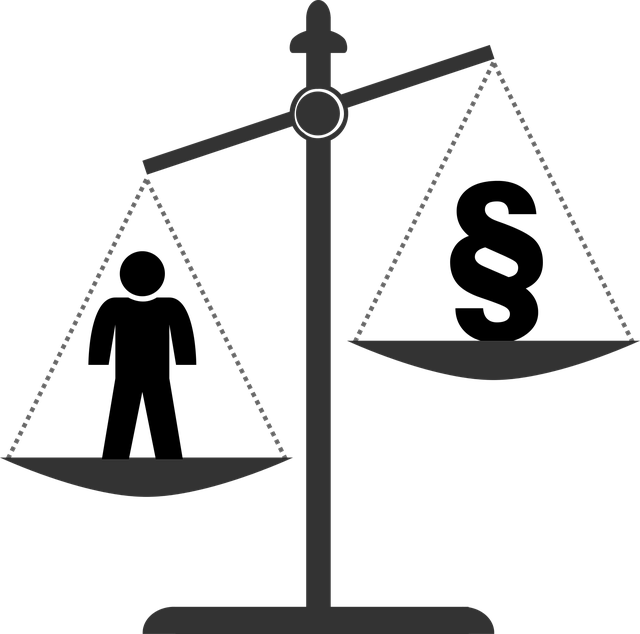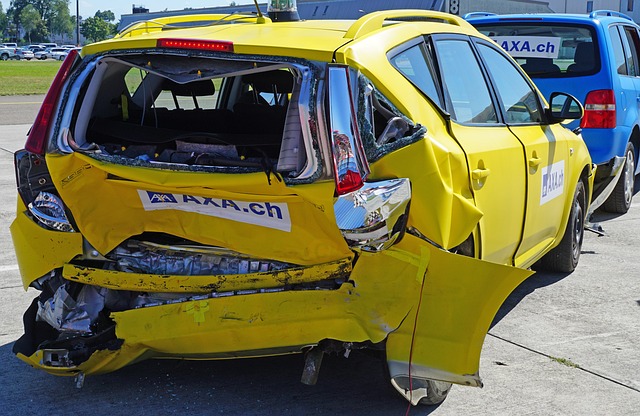Comparative fault, a core principle in accident claims, analyzes and compares the negligence of all parties involved, including victims, to determine liability and compensation. Unlike strict liability, it attributes blame based on each party's contribution to the incident, such as driver distraction in a vehicle collision. This method ensures fairness, proportionally adjusting compensation, relevant in cases like personal injury, product liability, medical negligence, homeowner insurance, and wrongful death. Understanding comparative fault is crucial for navigating complex settlement negotiations, aiming to secure just outcomes through skilled legal representation.
“Unraveling the complexities of comparative fault is key to navigating successful accident claims. This comprehensive guide delves into the intricate web of liability assessment, focusing on how negligence plays a pivotal role in determining responsibility.
We explore the mechanisms behind comparative fault and its profound impact on compensation and settlement negotiations for accident victims. By understanding these principles, individuals can better grasp their rights and navigate the legal landscape post-accident.”
- What is Comparative Fault and How Does it Affect Accident Claims?
- Understanding the Role of Negligence in Determining Liability
- The Impact of Comparative Fault on Compensation and Settlement Negotiations
What is Comparative Fault and How Does it Affect Accident Claims?

Comparative fault is a legal principle that assesses liability in accident claims by comparing the at-fault parties’ levels of responsibility. Unlike strict liability, where blame is assigned solely based on fault found, comparative fault considers each party’s contribution to the accident. In an accident claim, this means that if you were partially at fault for the incident, your compensation will be reduced in proportion to your fault.
This concept is crucial in various types of cases, including personal injury, product liability (such as defective products), and even medical negligence (like caregiver negligence). For instance, if a driver runs a red light and collides with another vehicle due to their distraction, the court might find both drivers partially at fault—reducing the compensation for injuries or damages in direct proportion to each party’s negligence. It’s also relevant in real estate litigation where property owner negligence contributes to an accident on their premises.
Understanding the Role of Negligence in Determining Liability

In accident claims, understanding comparative fault is pivotal to determining liability. Negligence plays a central role in this process, as it involves evaluating the actions or inactions of each party involved before and at the time of the incident. When assessing negligence, factors such as duty of care, breach of that duty, causation, and damages are considered. For instance, in a car accident, one driver might have failed to yield right of way, thereby breaching their duty of care, which led to another driver’s injuries. This breach directly contributes to determining liability in the subsequent personal injury claim.
Comparative fault ensures that responsibility is distributed proportionately among all parties at fault, regardless of whether they were primarily or secondarily negligent. This concept is particularly relevant when dealing with homeowner insurance claims and wrongful death cases, where multiple entities or individuals may share responsibility for an accident. By employing comparative fault analysis, the legal system can ensure that each party is held accountable to a fair degree, reflecting the extent of their negligence in causing the accident.
The Impact of Comparative Fault on Compensation and Settlement Negotiations

In the realm of accident claims, comparative fault plays a pivotal role in determining compensation and settlement negotiations. This legal principle compares the fault or negligence of all parties involved in an incident, including plaintiffs and defendants, to allocate responsibility and damages accordingly. When assessing liability, a personal injury lawyer considers each party’s actions, from the moment of impact to their conduct leading up to the accident.
Understanding comparative fault is crucial for clients recovery in medical negligence cases as well. It ensures that compensation is fair and reflects the extent of each party’s contribution to the harm caused. This method promotes fairness and discourages individuals from seeking excessive or unwarranted financial gains. Settlement negotiations, therefore, become more nuanced, requiring skilled legal representation to advocate for their client’s rights and secure a just outcome in light of comparative fault principles.
Comparative fault is a pivotal concept in accident claims, enabling a more nuanced understanding of liability. By considering each party’s negligence, this approach ensures a fair allocation of responsibility and compensation. When negotiating settlements or determining awards in accident claims, the impact of comparative fault cannot be overstated, as it influences the final outcome and justice for all involved parties.





